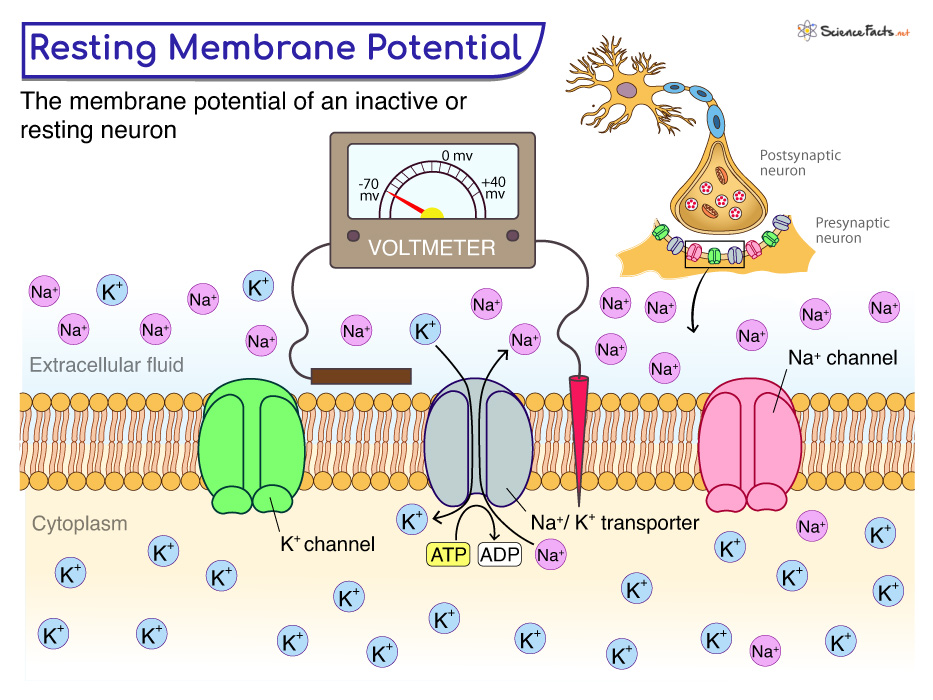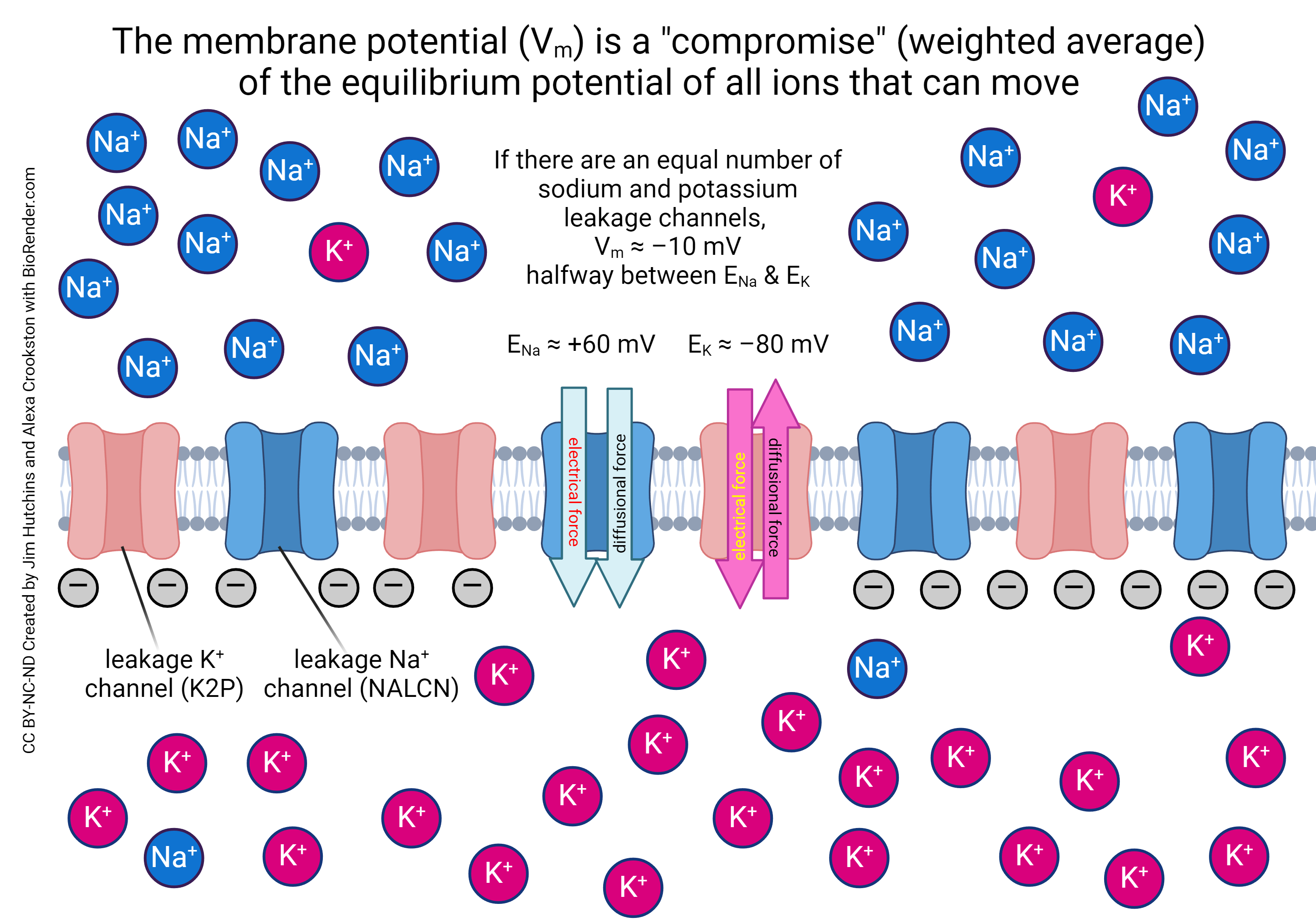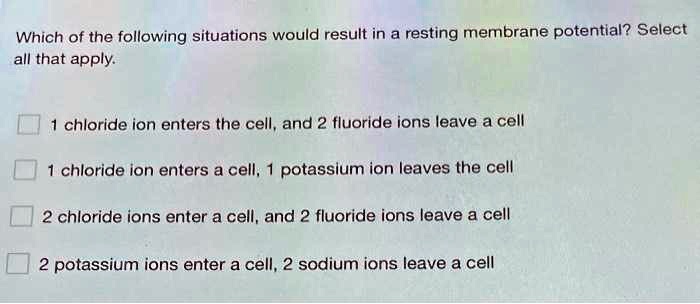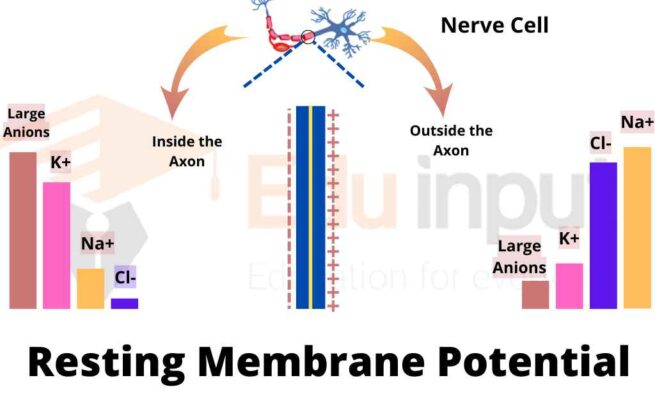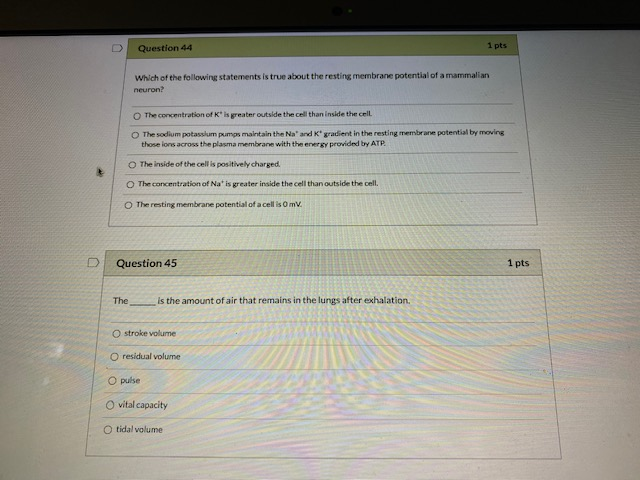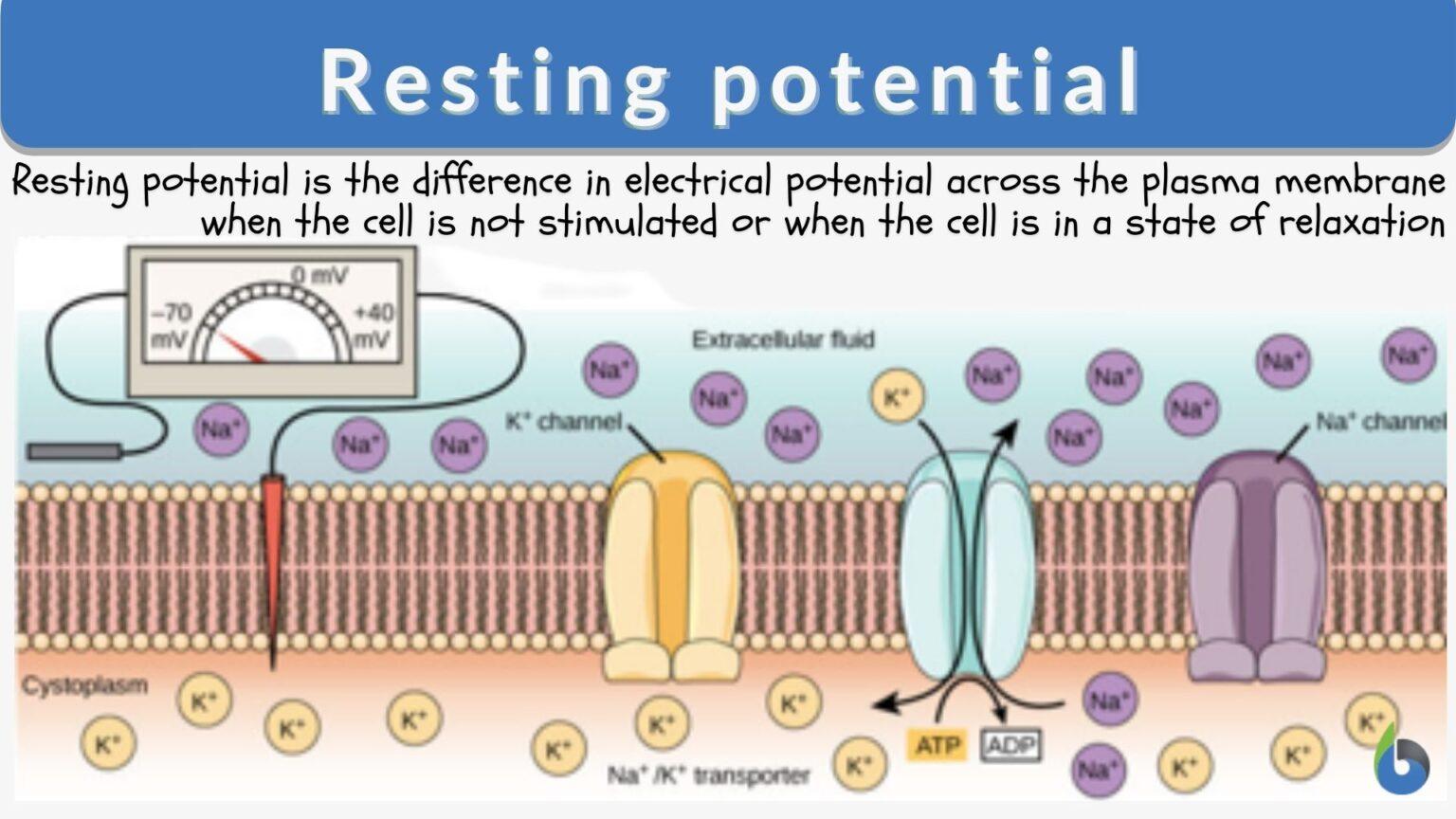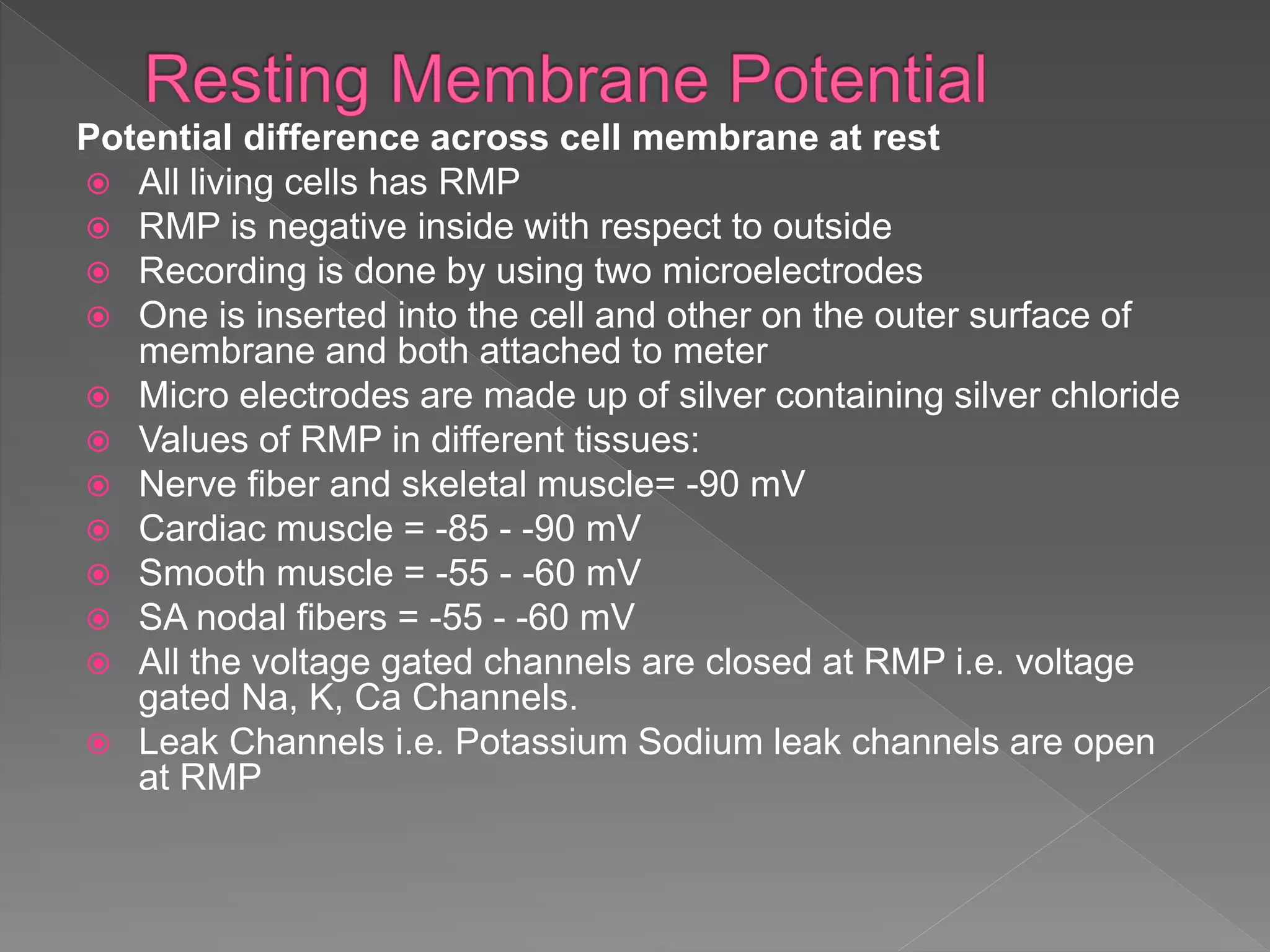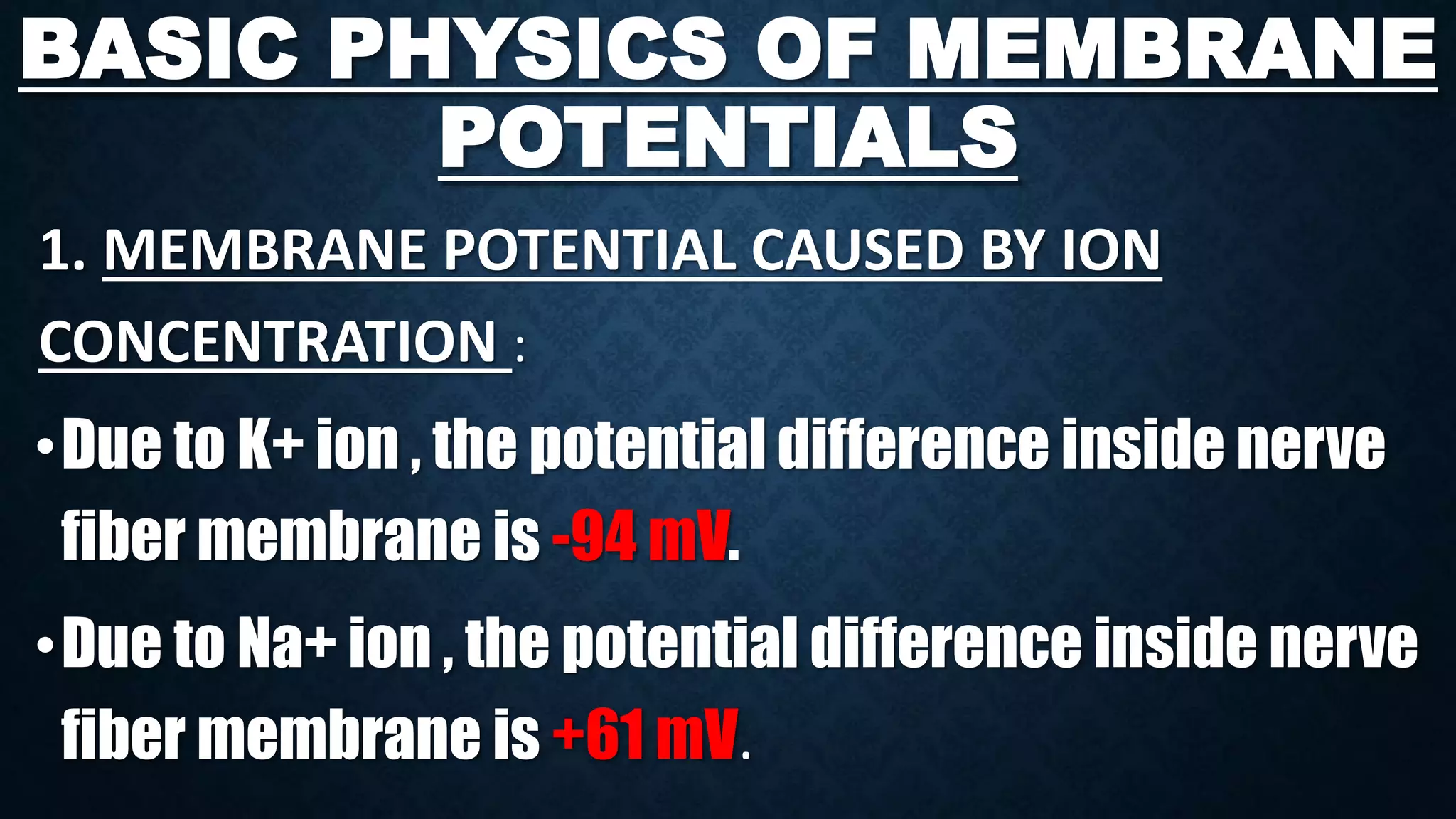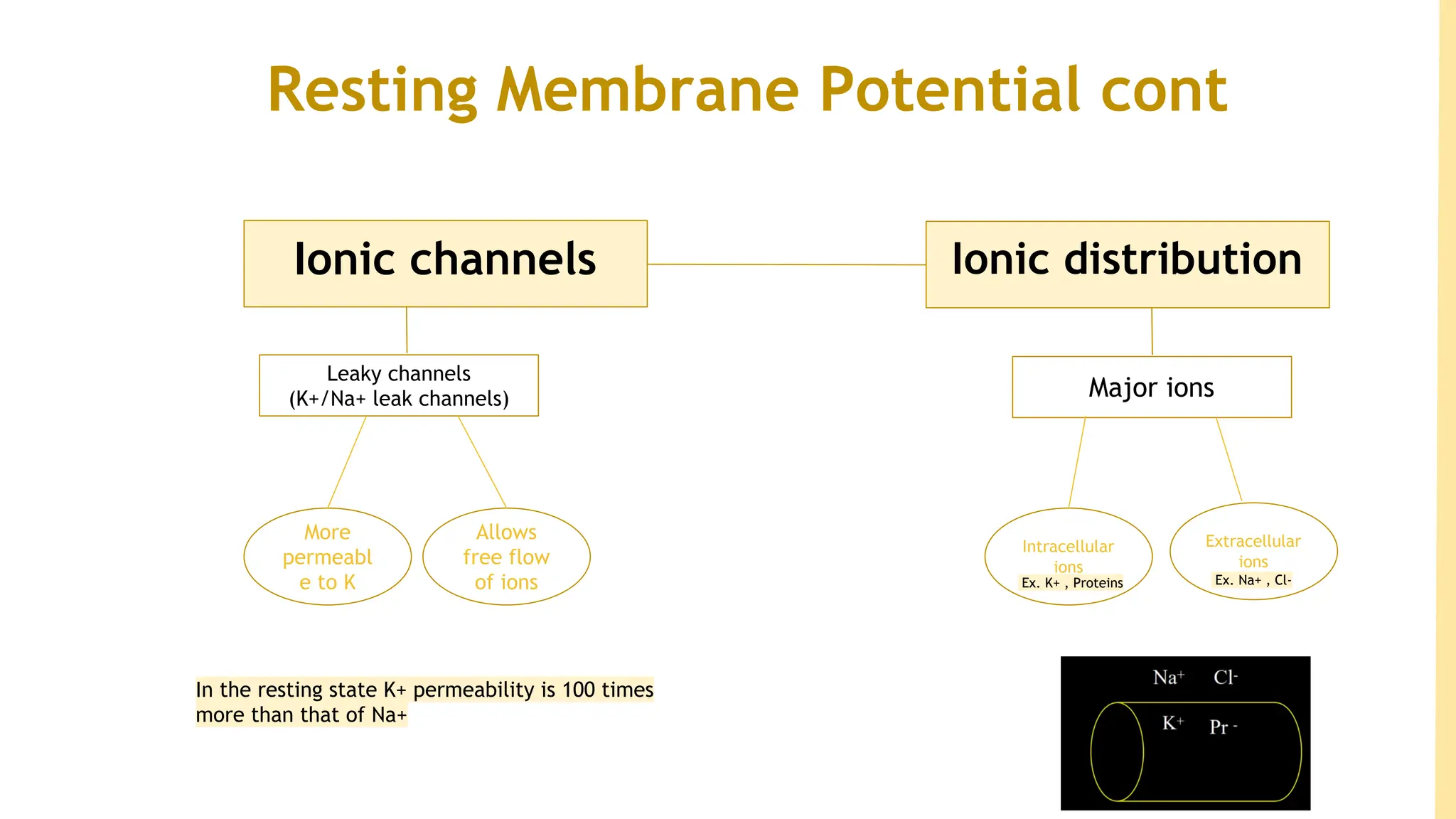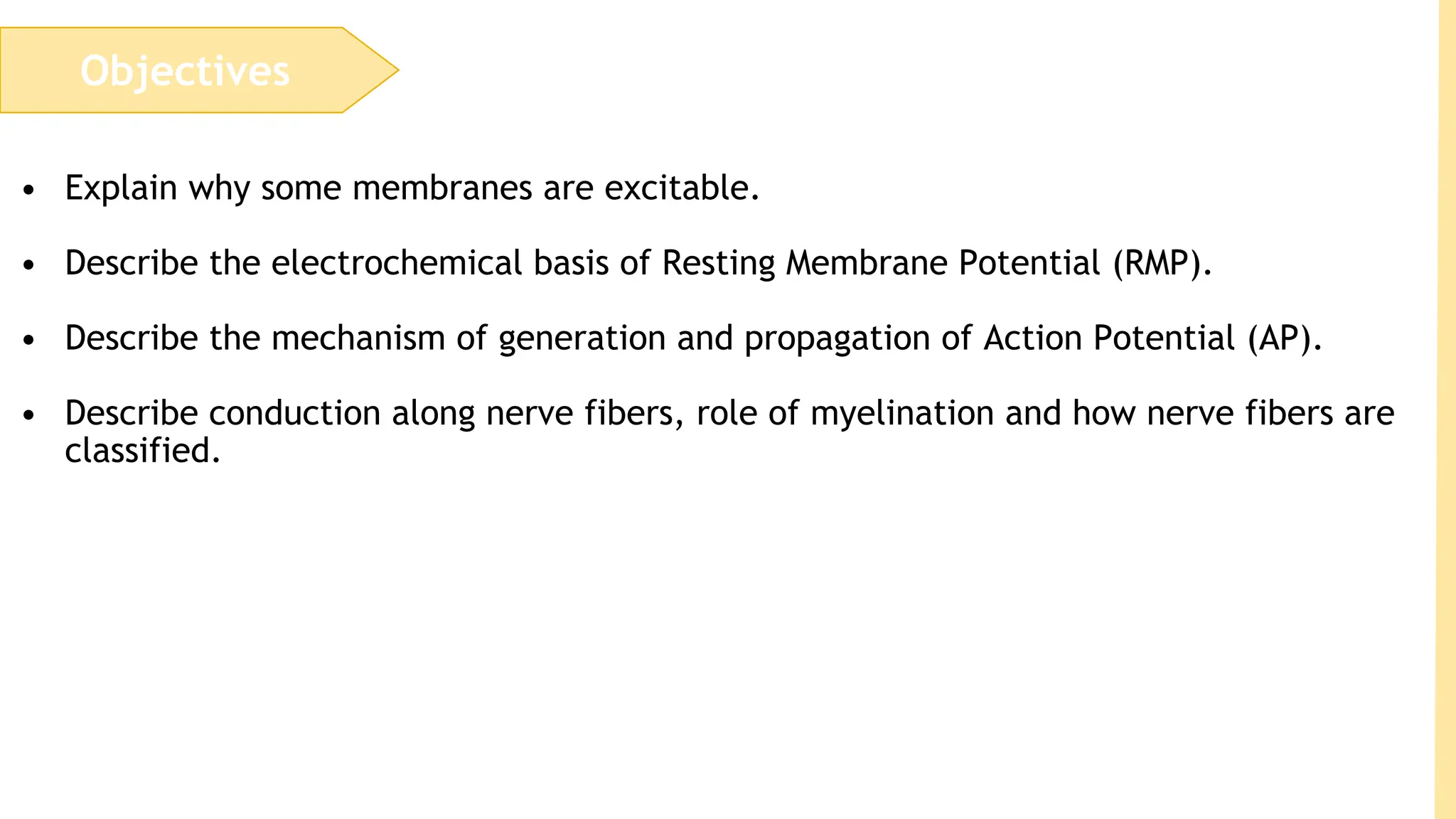Select All That Are True Of The Resting Membrane Potential.
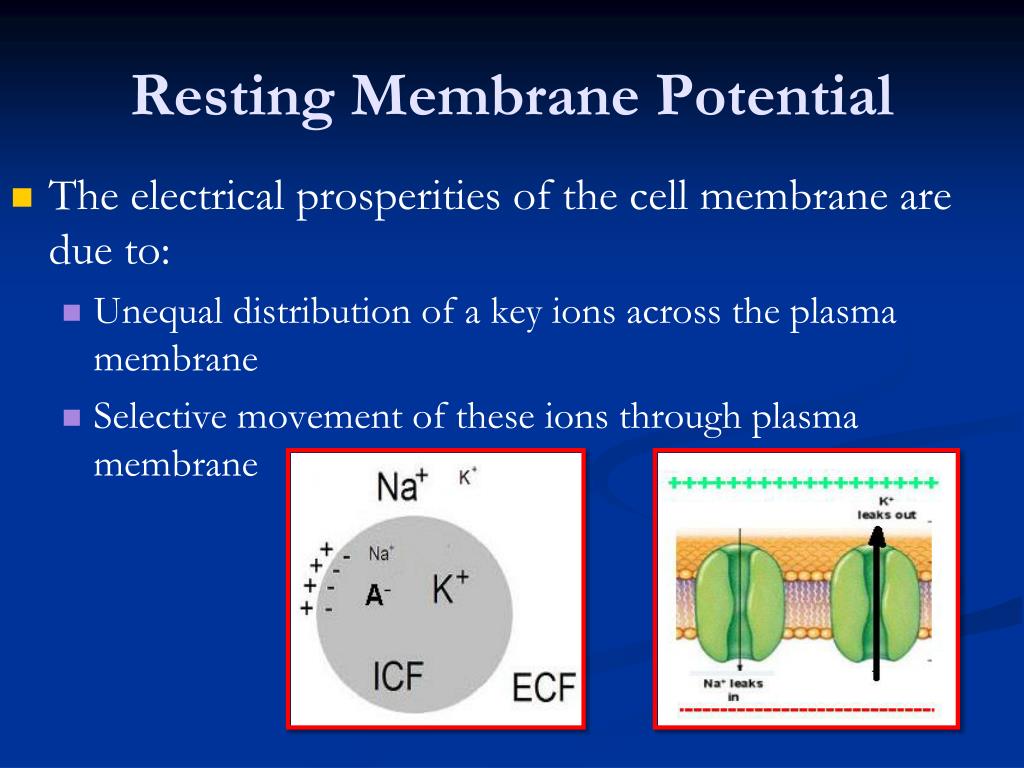
URGENT: Misconceptions surrounding the resting membrane potential continue to plague introductory biology and neuroscience courses. Experts are scrambling to correct widespread misunderstandings of this fundamental concept.
The resting membrane potential, crucial for neuronal and cellular function, is frequently oversimplified, leading to inaccurate comprehension. This article clarifies common misconceptions and highlights the essential elements that define this critical biophysical property.
Understanding the Resting Membrane Potential: Key Components
What Defines the Resting Membrane Potential?
The resting membrane potential is the electrical potential difference across the plasma membrane of a cell when it is not stimulated or actively conducting an impulse. It's a fundamental property of all living cells, but particularly crucial in excitable cells like neurons and muscle fibers.
It's established by the unequal distribution of ions (like sodium, potassium, chloride, and calcium) between the intracellular and extracellular fluids. These ions are maintained at different concentrations due to the selective permeability of the membrane.
Essential Truths About the Resting Membrane Potential
Several key factors contribute to establishing the resting membrane potential, and understanding them is essential for accurate learning. It's critical to dispel common misconceptions and provide a clear understanding of the complex interactions involved.
Select All That Are True: Here's a breakdown of the crucial characteristics, dispelling myths and highlighting accurate information.
1. It's Primarily Determined by Potassium (K+) Leak Channels: This is TRUE. The resting membrane is most permeable to potassium ions. Specialized potassium leak channels allow K+ to diffuse down its concentration gradient, moving from inside the cell (high concentration) to outside the cell (low concentration).
This movement of positive charge out of the cell contributes significantly to the negative resting membrane potential. The selective permeability for K+ is a major determining factor.
2. The Sodium-Potassium (Na+/K+) Pump Plays a Crucial Role: This is TRUE. The Na+/K+ pump actively transports 3 sodium ions (Na+) out of the cell and 2 potassium ions (K+) into the cell, both against their concentration gradients.
While the pump's primary contribution isn't *directly* setting the potential (the leak channels do that), it maintains the ion gradients necessary for the leak channels to function. It *indirectly* maintains the resting potential by sustaining the concentration gradients. Without it, the gradients would dissipate over time, abolishing the resting potential.
3. Chloride Ions (Cl-) are Insignificant: This is FALSE. While potassium and sodium have the most profound influences, chloride ions contribute to the resting membrane potential, particularly in some neurons. The permeability to chloride and its concentration gradient also influence the overall charge separation across the membrane.
While its effect is typically smaller than that of K+ and Na+, it is an important factor to consider in the overall ionic balance.
4. The Resting Membrane Potential is Always 0 mV: This is FALSE. The resting membrane potential is typically negative, ranging from -40 mV to -90 mV depending on the cell type. This negative value reflects the greater efflux of positive potassium ions compared to the influx of positive sodium ions.
A resting potential of 0 mV would indicate a complete lack of ionic separation and is not characteristic of a healthy, functioning cell.
5. It's a Static, Unchanging Value: This is FALSE. While referred to as "resting," the membrane potential is not entirely static. Small fluctuations occur due to the ongoing movement of ions across the membrane.
These fluctuations are generally small and don't significantly alter the overall resting state, but they demonstrate that the system is dynamic.
6. Sodium (Na+) Leak Channels Primarily Establish the Resting Potential: This is FALSE. While sodium ions do contribute, the *primary* contributors are potassium leak channels and the Na+/K+ pump. Sodium permeability at rest is relatively low compared to potassium permeability.
The driving force for potassium leaving the cell is much greater, making it the dominant influence on the negative resting potential.
The Importance of Accurate Understanding
A solid grasp of the resting membrane potential is crucial for understanding nerve impulse transmission, muscle contraction, and cellular communication. Misconceptions can hinder progress in understanding more complex physiological processes.
Dr. Eleanor Vance, a leading neurobiologist at the National Institutes of Health (NIH), emphasized the importance of accurate teaching methods. "We must reinforce the critical role of potassium leak channels and the Na+/K+ pump. Furthermore, instructors must dispel the idea that sodium and chloride are insignificant."
Next Steps
Educational resources are being updated to address these persistent misunderstandings. Workshops and online tutorials are being developed to promote accurate teaching of this fundamental concept.
Further research is focused on improving the accessibility and clarity of scientific information for students and educators. The goal is to ensure a robust foundation for future scientists and healthcare professionals.
